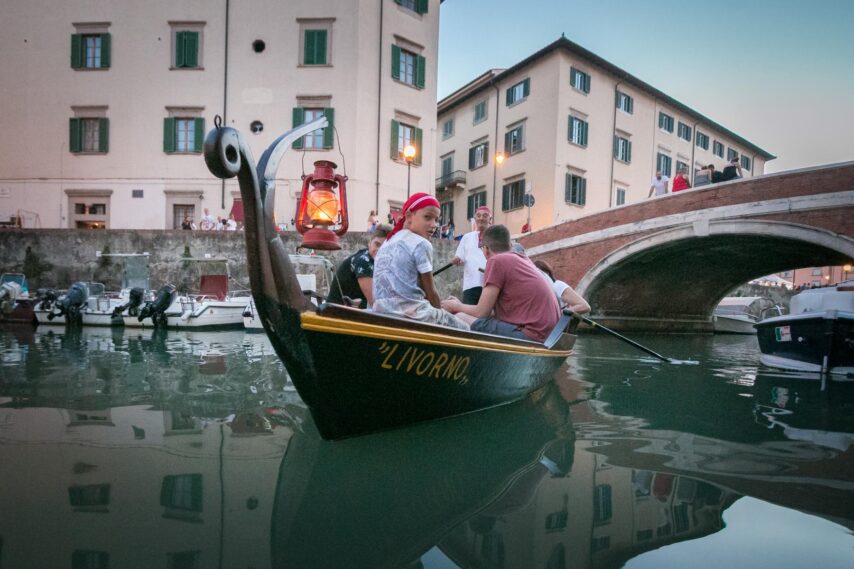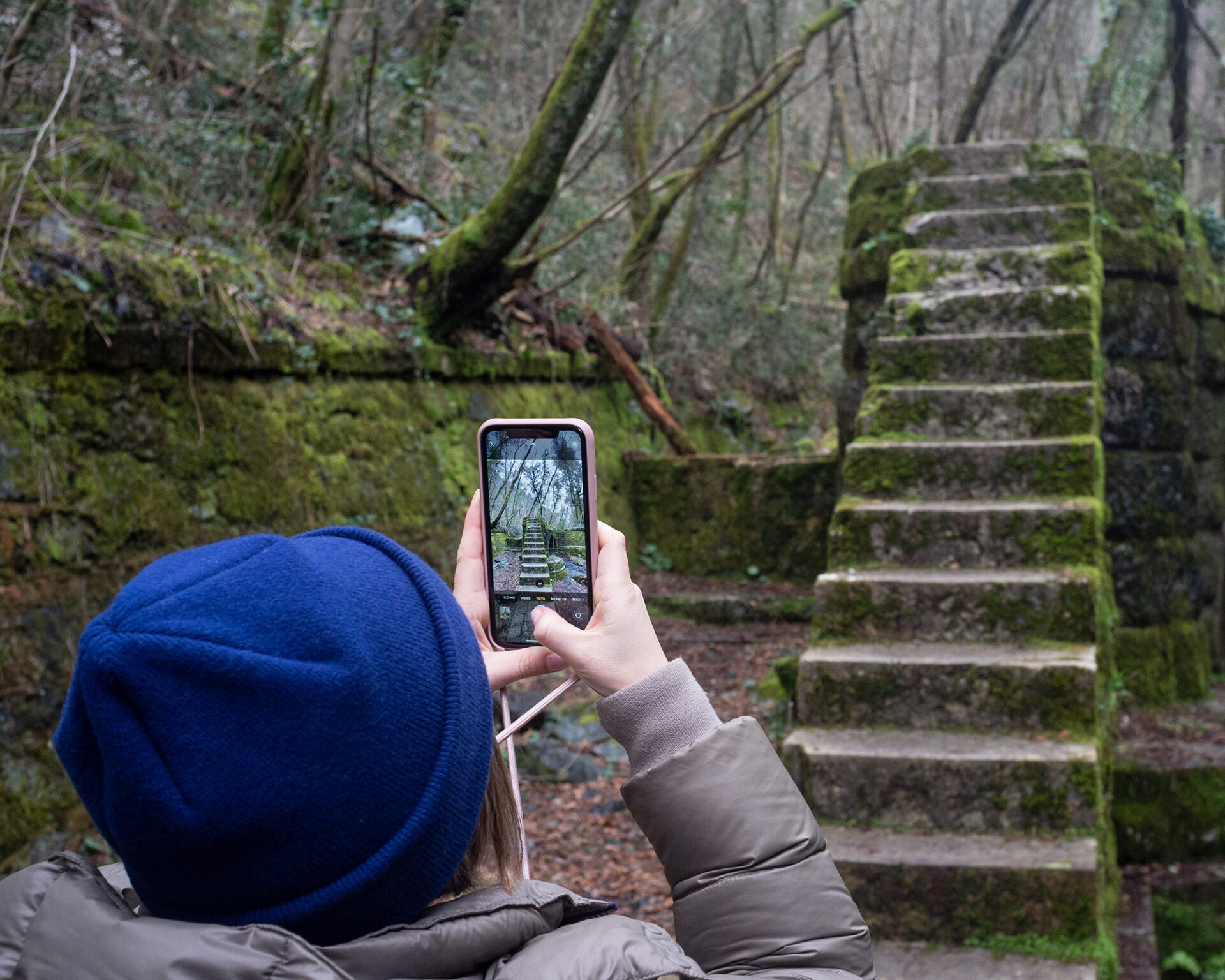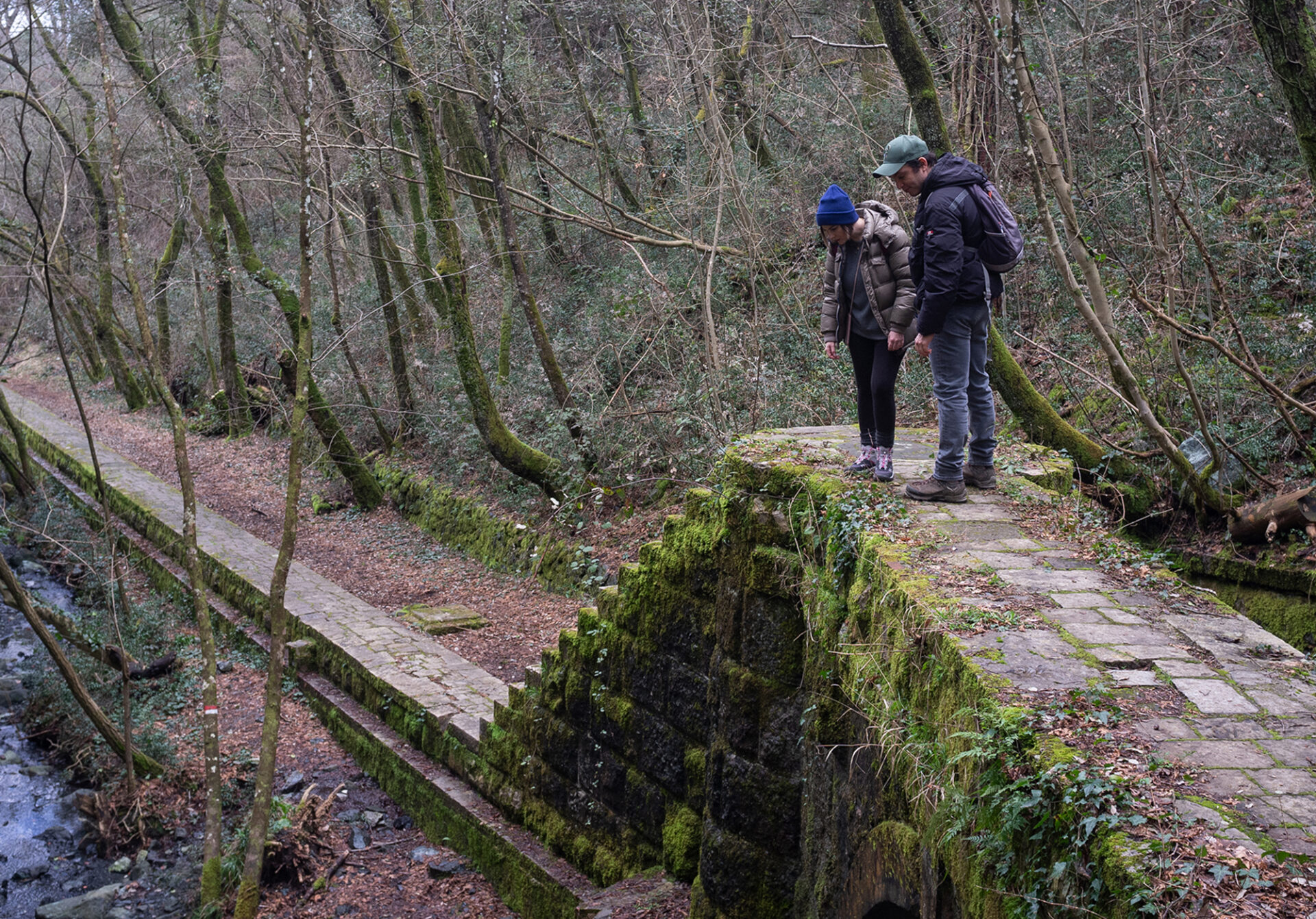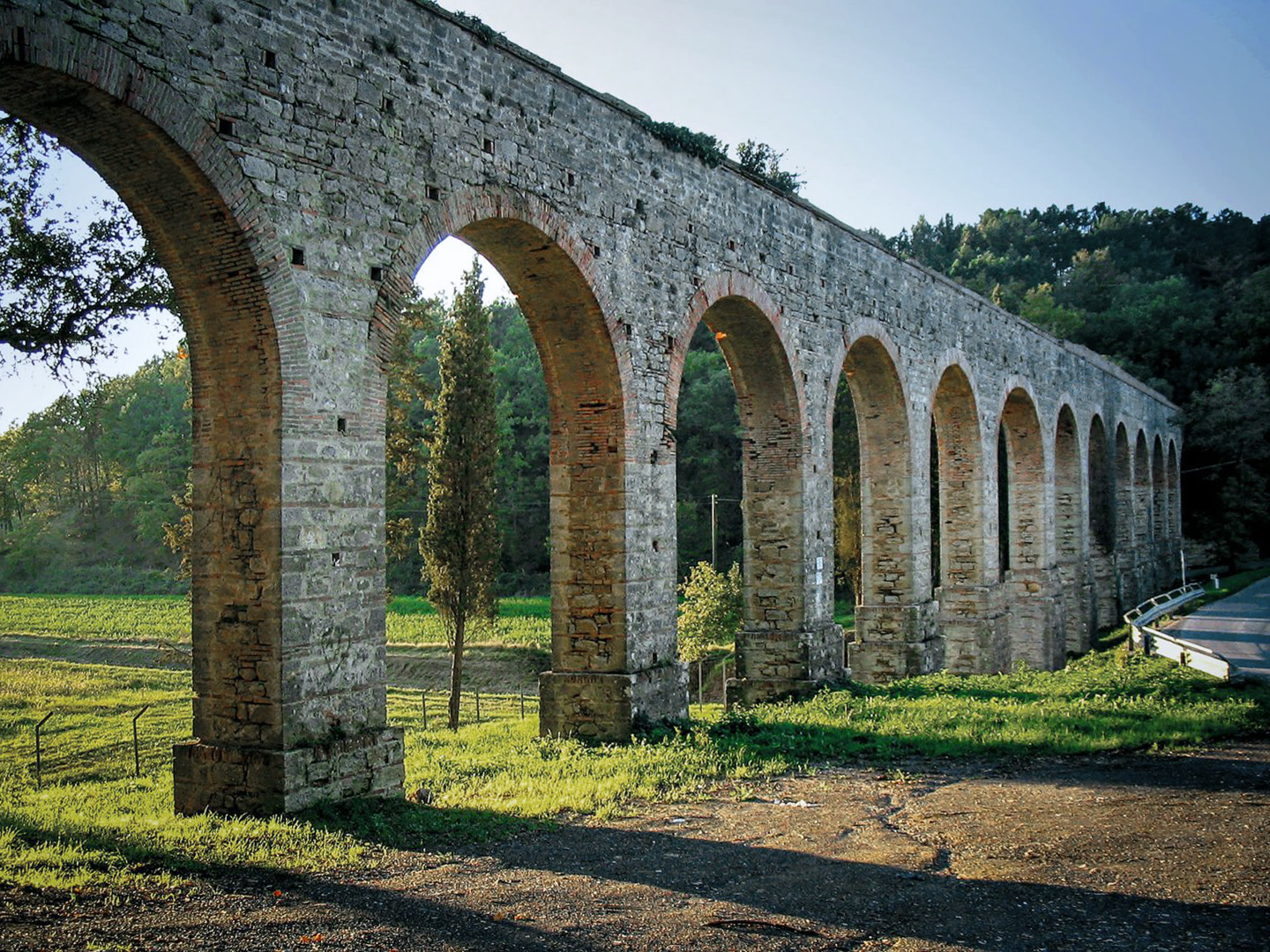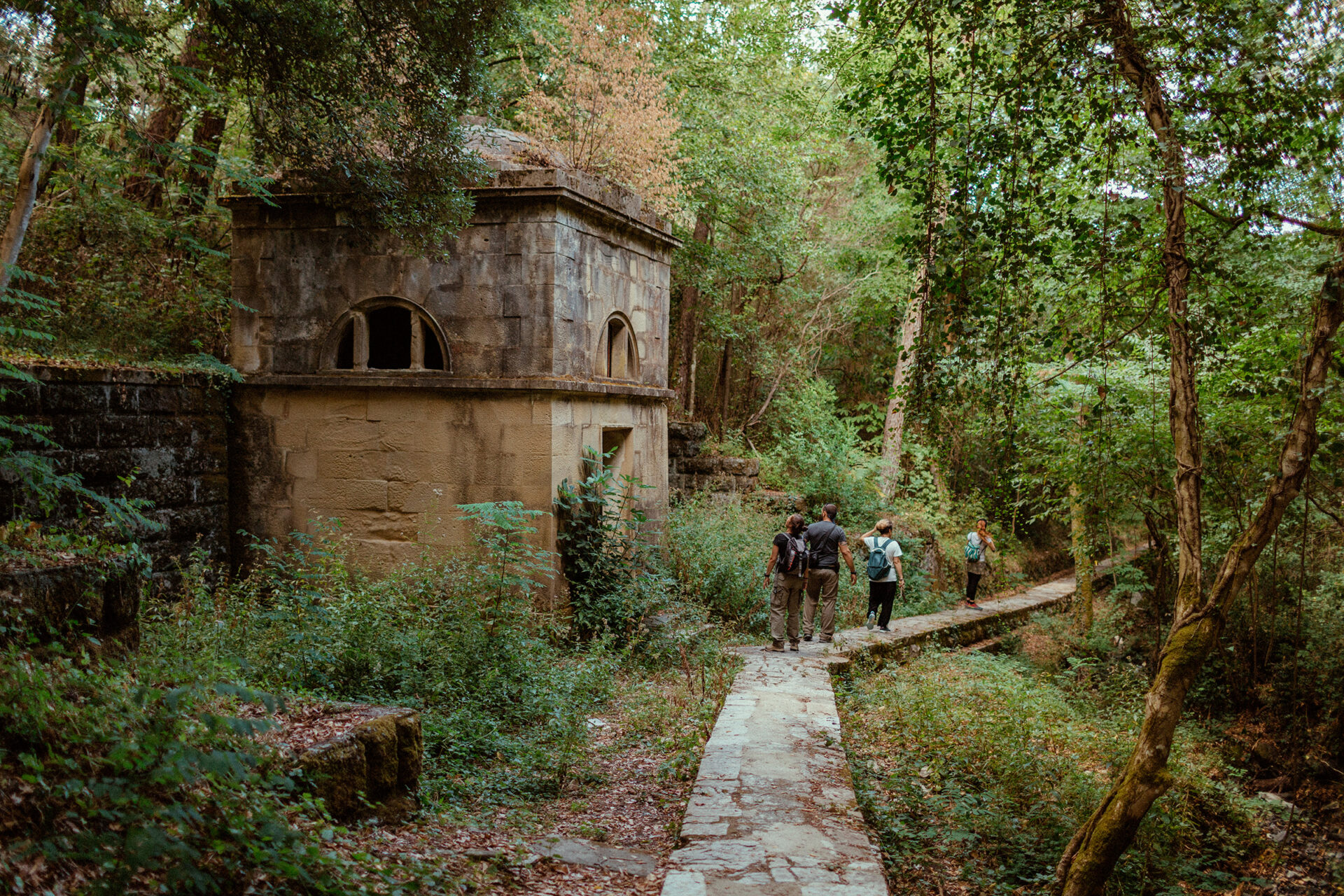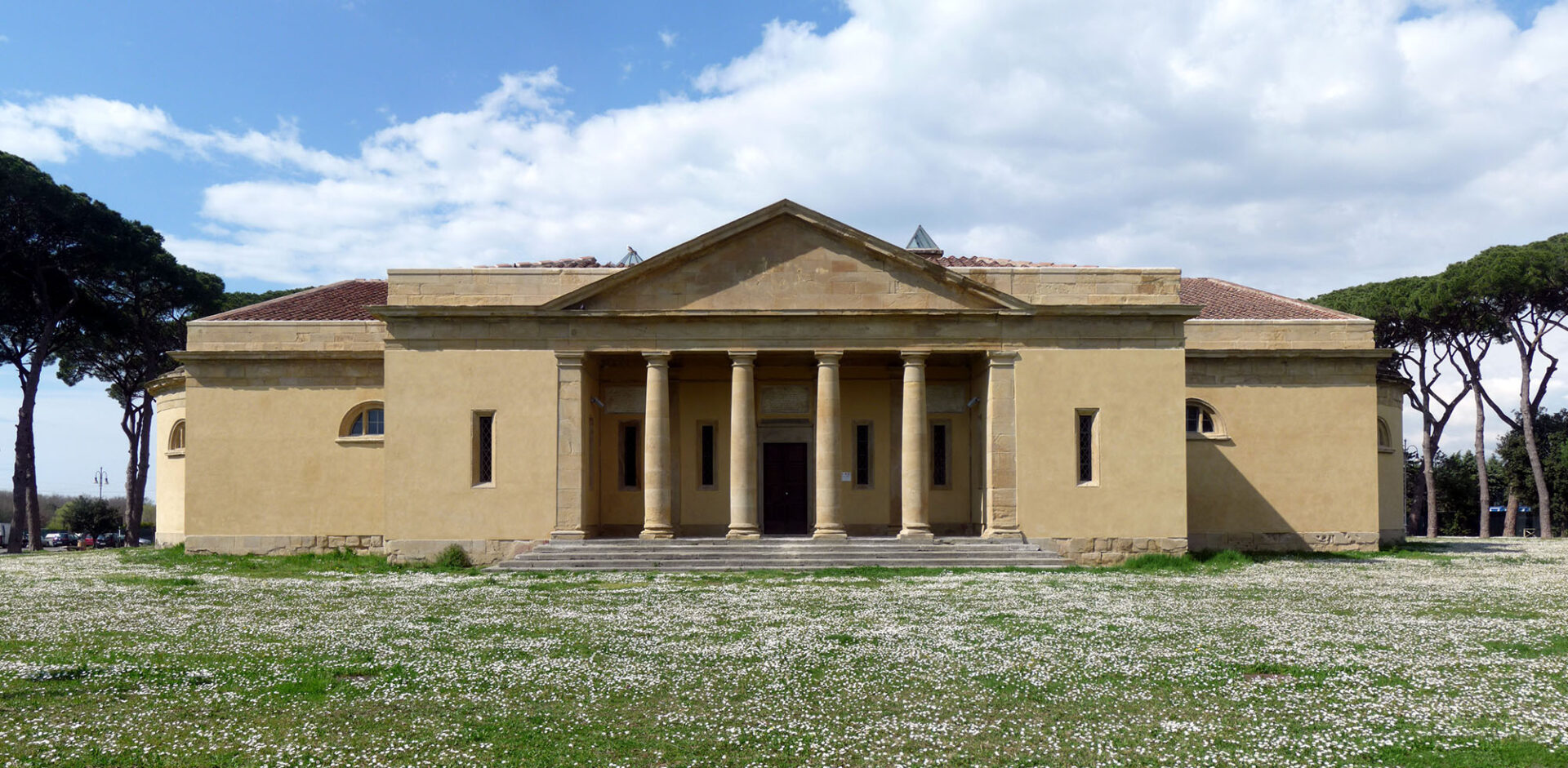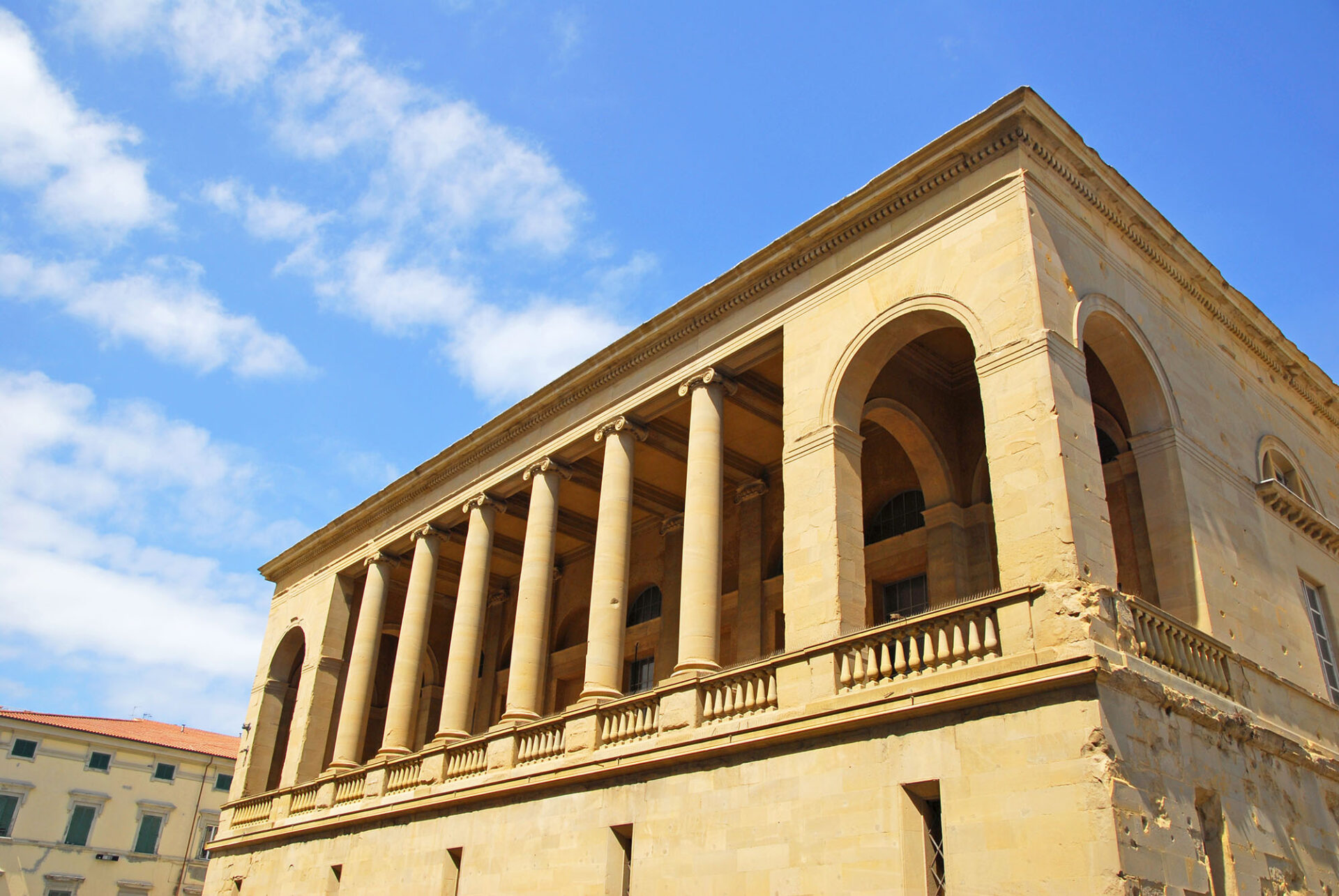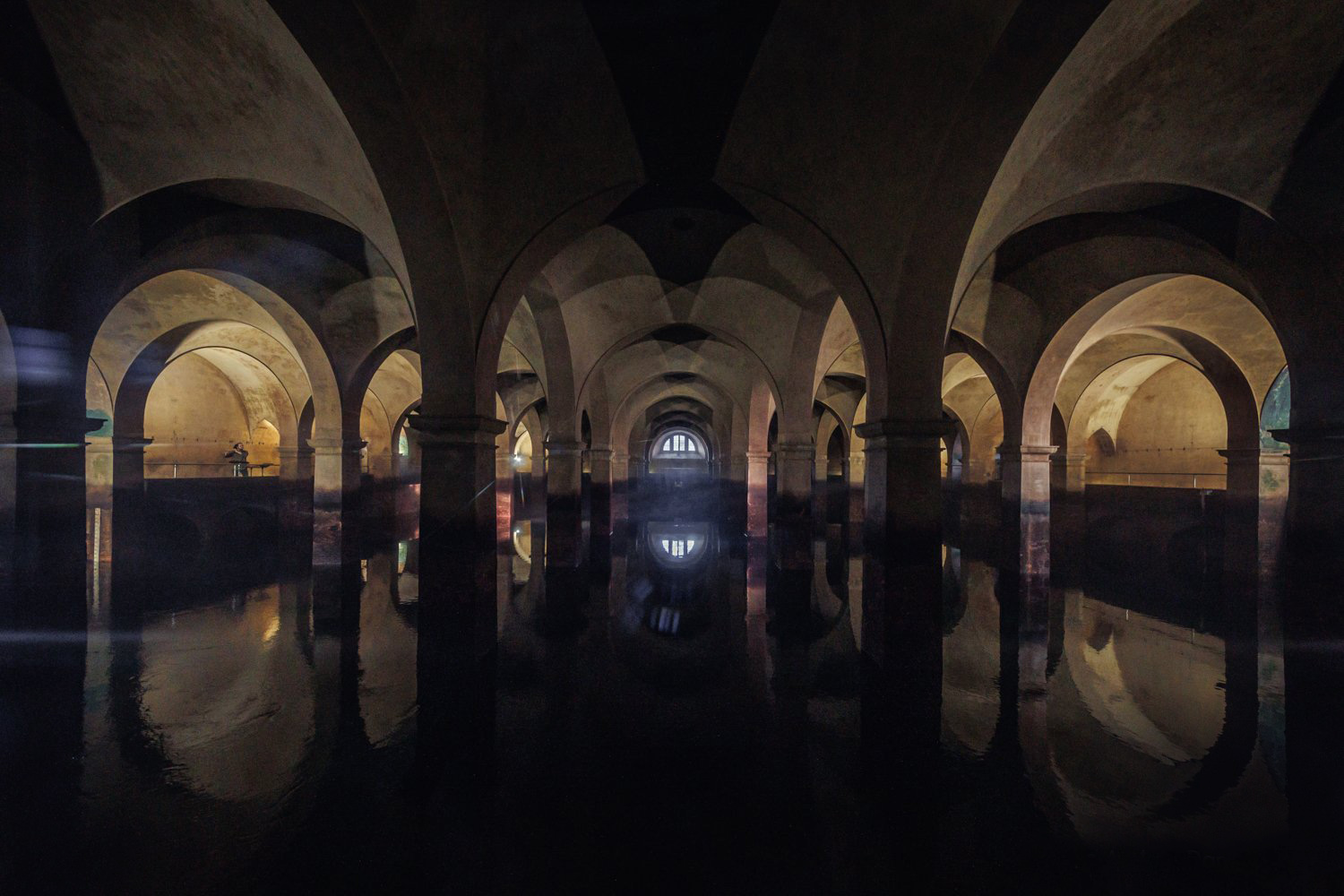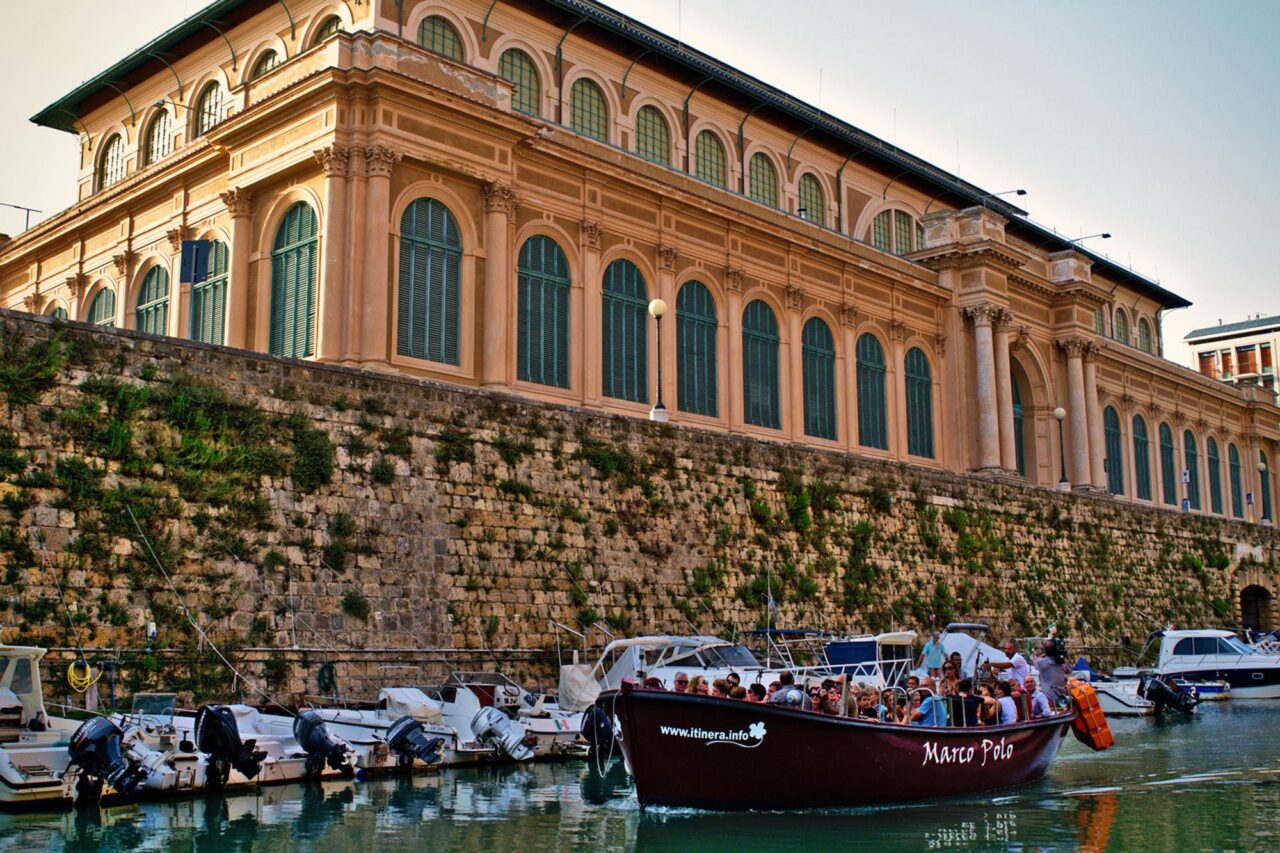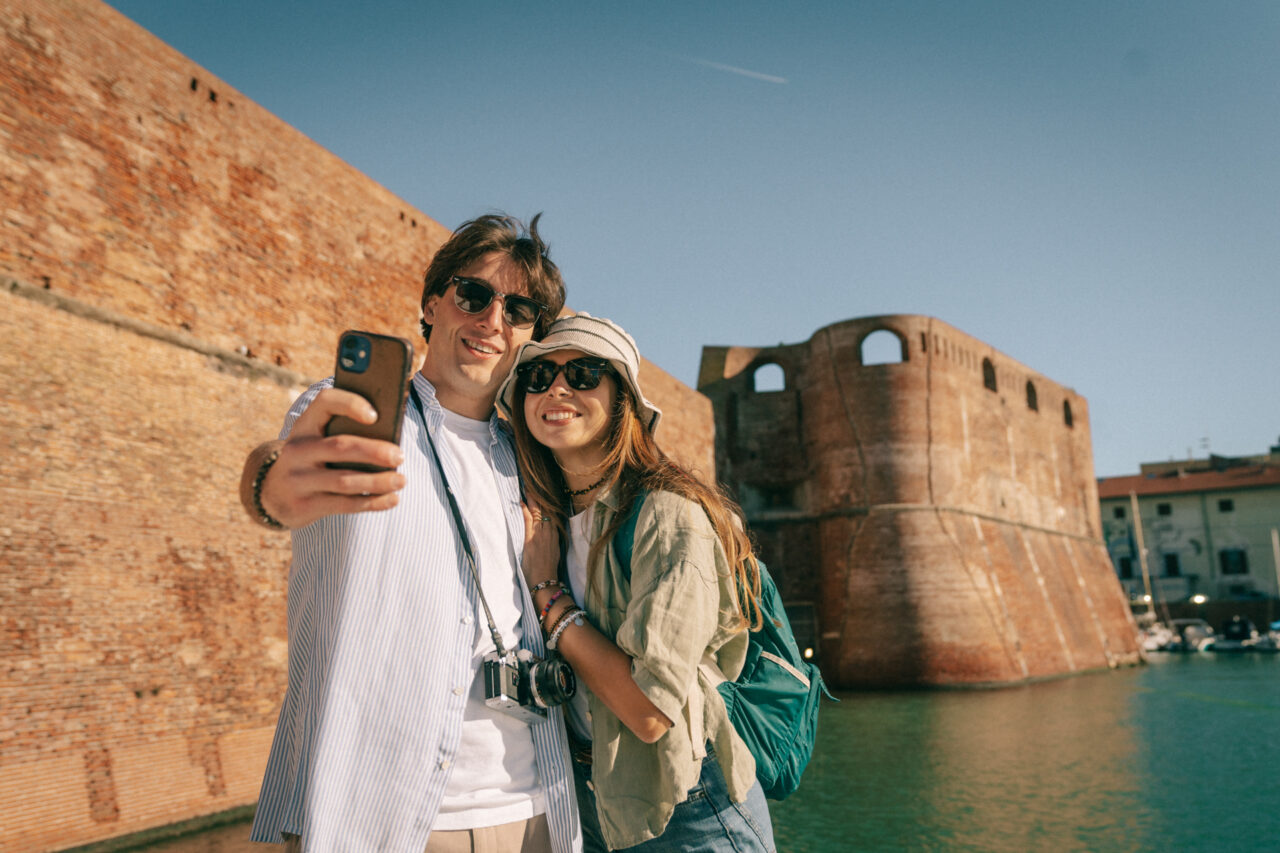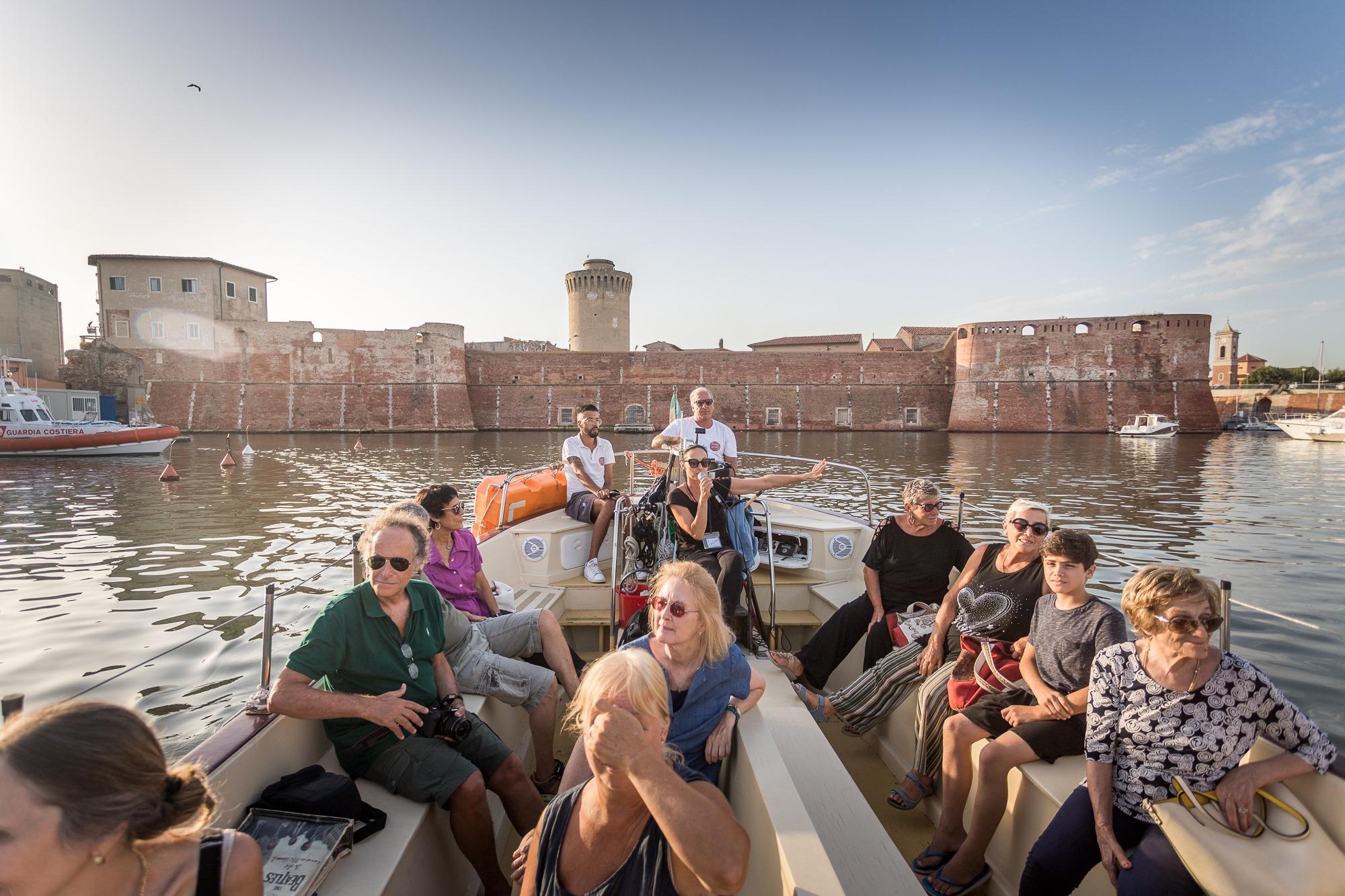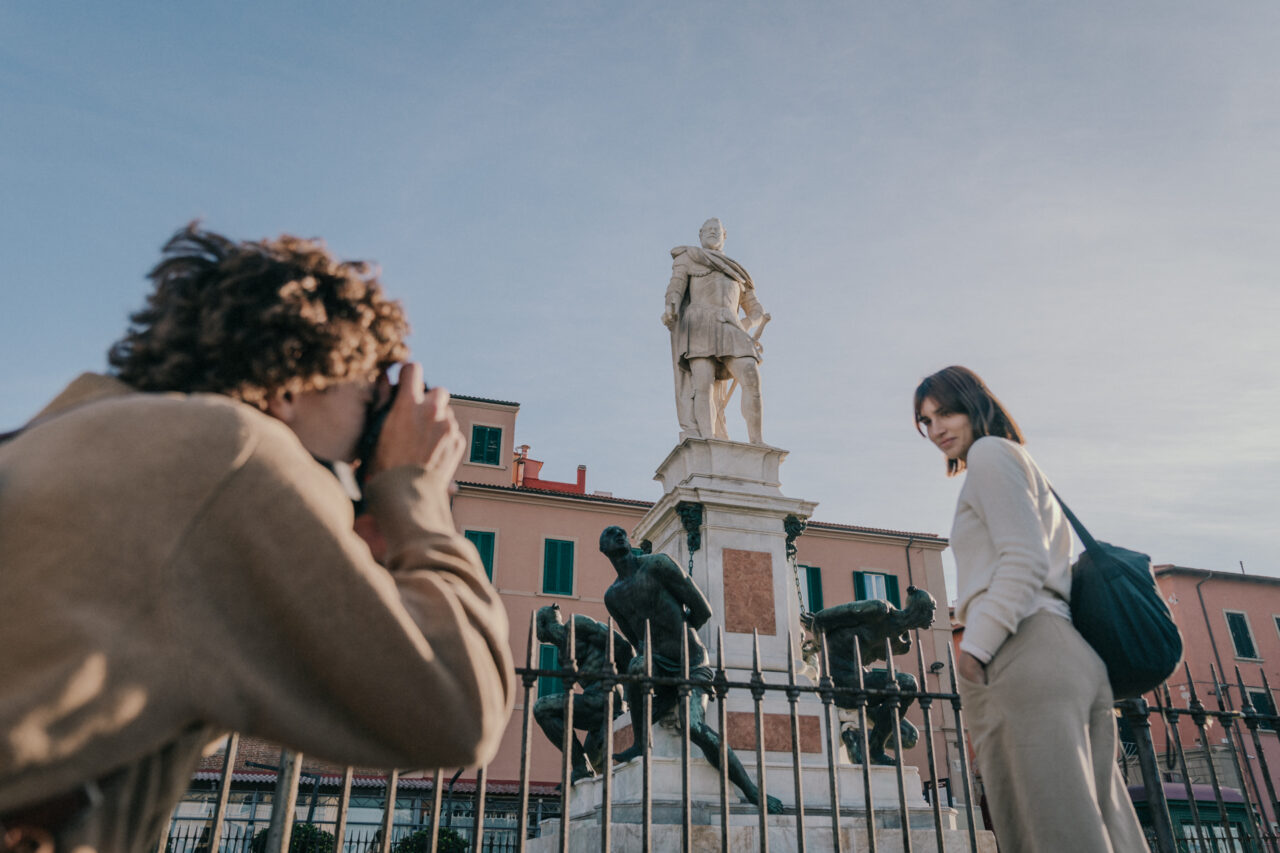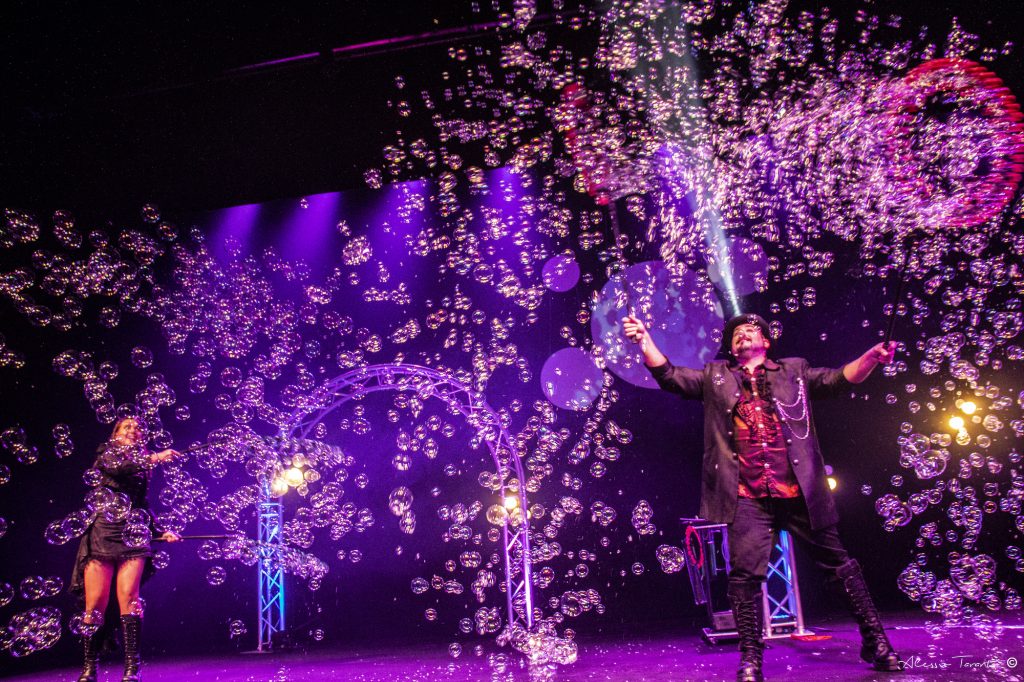Livorno / What to do and see / The Leopoldine Aqueduct
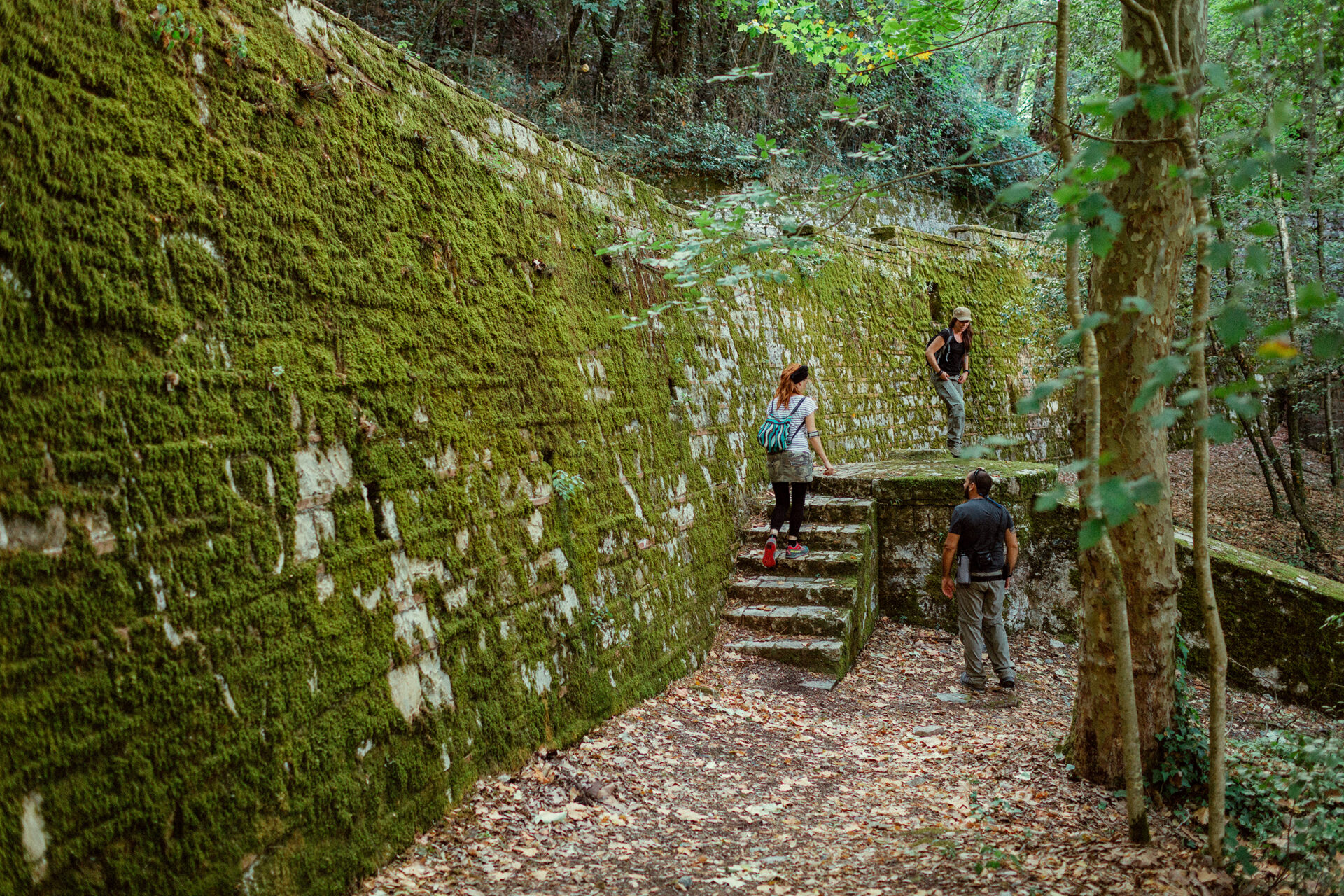
The Leopoldine Aqueduct
Discovering the water sources of Livorno
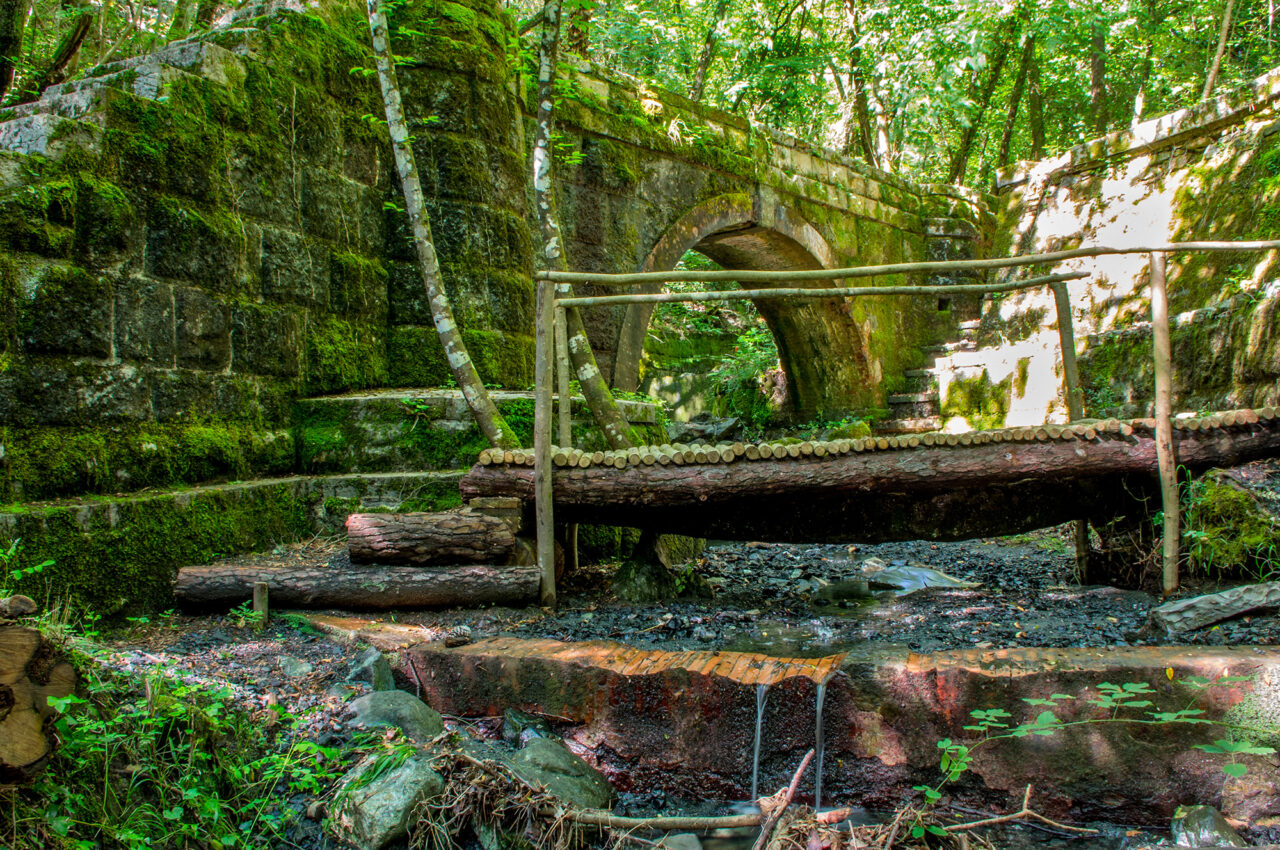
The Leopoldine Aqueduct
Discovering the water sources of Livorno
An adventure to discover a civil engineering masterpiece
If you love the pleasure of discovery, between Livorno and Collesalvetti, there is a treasure that will captivate you with astonishment: the Leopoldino Aqueduct. A fascinating late 18th-century monumental structure stretching over 18 km, partly integrated into the urban environment and partly perfectly merged with the nature of the Livorno Mountains, that will awaken your explorer’s soul.
An 18th-century masterpiece waiting just for you
Also known as the Poccianti Aqueduct or Colognole Aqueduct, this ambitious project, initiated in 1793, was conceived on the orders of Grand Duke Ferdinando III in response to the growing water needs of an expanding Livorno. Due to its port, the city was experiencing significant population growth. However, it was Leopoldo II who completed the work, inaugurating the project only in 1852.
The aqueduct project, which supplied water to the city of Livorno from 1816 to 1912 and still serves the surrounding towns today, was conceived by the skilled Florentine architect Giuseppe Salvetti, who was the first to trace the path through the hills of Colognole, where various springs flow generously. Due to his premature death, the project was assigned to architect Calocchieri and completed by Pasquale Poccianti. The latter, in particular, left an indelible mark on the structure, creating the three imposing cisterns visible in Livorno: the Cisternone, the Cisternino di Città, and the Cisternino di Pian di Rota.

The sources of Colognole: a monument enclosed in the woods
In the woods of the high Val di Morra, among imposing trees and shady paths, the majestic monumental structures of the Leopoldine Aqueduct are hidden, drawing water from the sources of Colognole and bringing it to the Cisternino di Pian di Rota.
Here, over the centuries, nature has claimed every centimeter of this work, enclosing every stone, arch, and wall with moss and leaves in a light, green, and wild embrace. As you venture into the heart of the forest, with sunlight filtering through the branches, get ready to experience an unforgettable adventure. Among hidden viaducts, secret galleries, and tunnels, it will be like discovering an ancient lost civilization whose remains live in symbiosis with the regenerative power of nature.
An invitation to discovery to be experienced immerse in the penetrating scent of the woods and wet earth, listening to the singing of birds blending with the rustling of leaves and the gurgling of water, in an almost fairy-tale atmosphere.
The Livornese cisterns, neoclassical masterpieces
There are three cisterns that Poccianti designed and built for Livorno: the Cisternino di Pian di Rota, the Cisternone, and the Cisternino di città. Following the path that connects them, each stop will reveal a piece of Livorno’s historical and cultural fabric, from hidden corners to breathtaking views, in a pleasant urban trekking.
These cisterns had the task of purifying the water destined for the city, ensuring reliable and quality supply. The Cisternone, capable of holding eleven thousand cubic meters of water, continues to perform its role and is a valuable testament to Italian neoclassical architecture with its majestic coffered dome that recalls the architecture of the Pantheon in Rome. The Cisternino di città instead never became operational but has been redeveloped to host cultural events and initiatives, giving new life to this extraordinary structure.
Useful informations
-
Who:
Alone, Children and families, Groups, In pairs, With friends
-
When:
Autumn, Spring, Summer, Winter
-
What:
Connect with nature
-
Other characteristics
Free, Outdoors, Without reservation

The unexpected Tuscany
Discover all the peculiarities that make Livorno so unique and surprising.
Discover moreTourist information
Offices, contacts, and tourist information to help you organize your visit.
Find places and stories that fit you
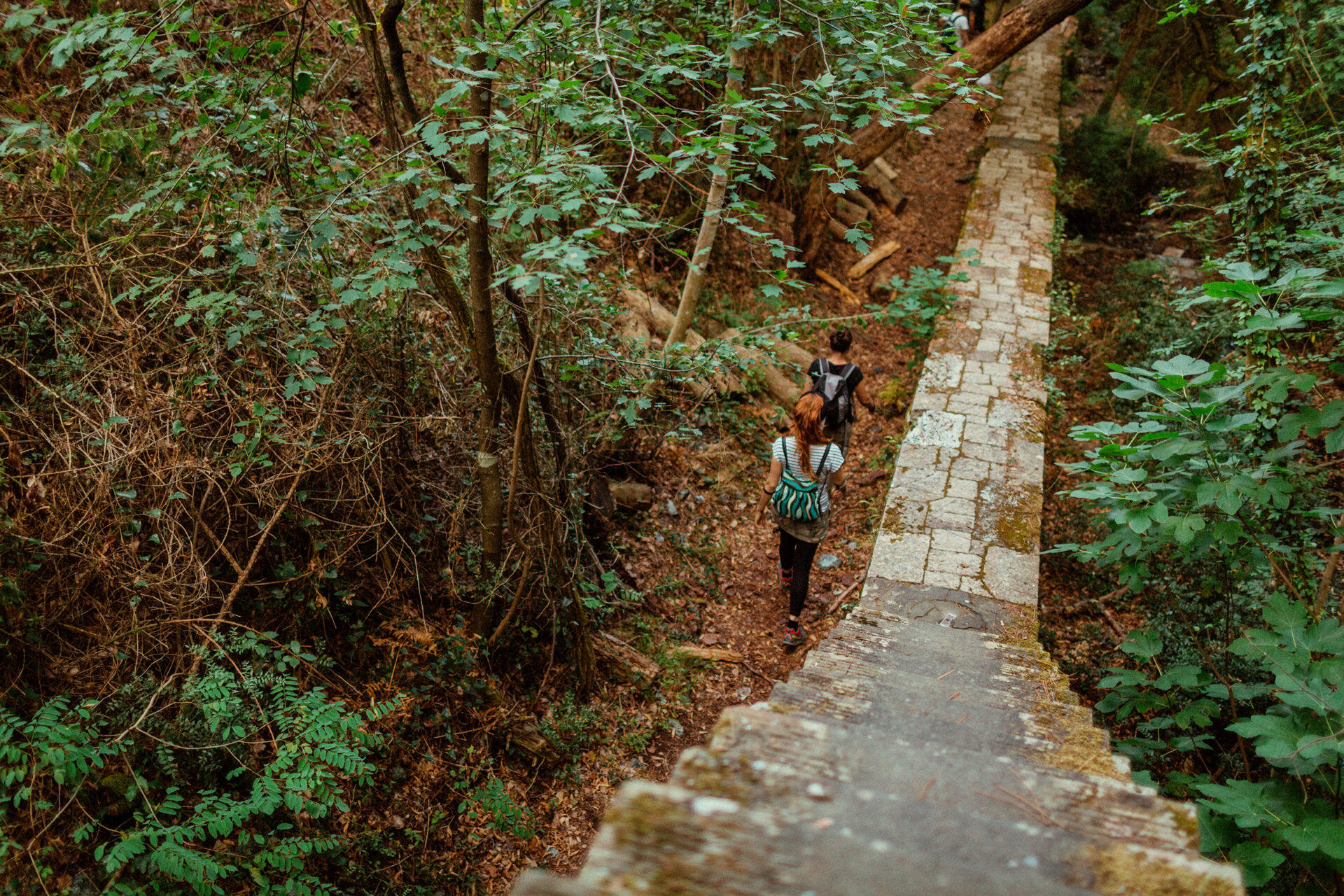
Subscribe to the newsletter
to stay updated
Don't miss any news about events in Livorno and surroundings.

